|
You don’t
have to turn to history books to remember the grandeur of the Mughals
for they can be found in our architecture, literature, food and almost
anything else. But like most things in history, we only remember bits
and pieces, forgetting that history is really in the details. So, let’s
take a walk down history to some details about the Mughals that most
people don’t know.
|
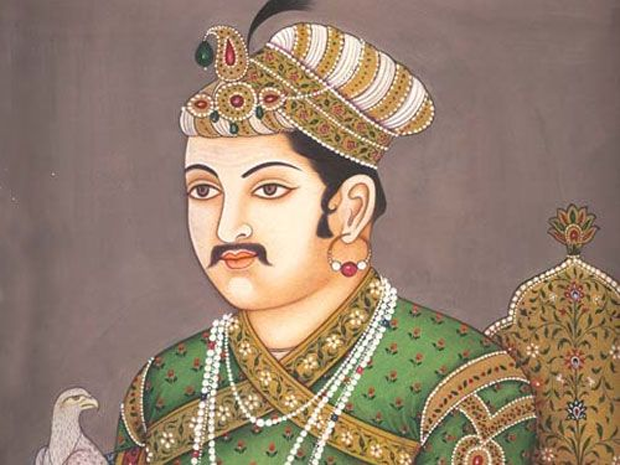 |
Akbar was Dyslexic. While he was known for his ambition and iron fist
while ruling the Mughal Empire, even making it grow far and beyond any
of his ancestors did but Akbar ‘The Great’ was believed to be dyslexic.
|
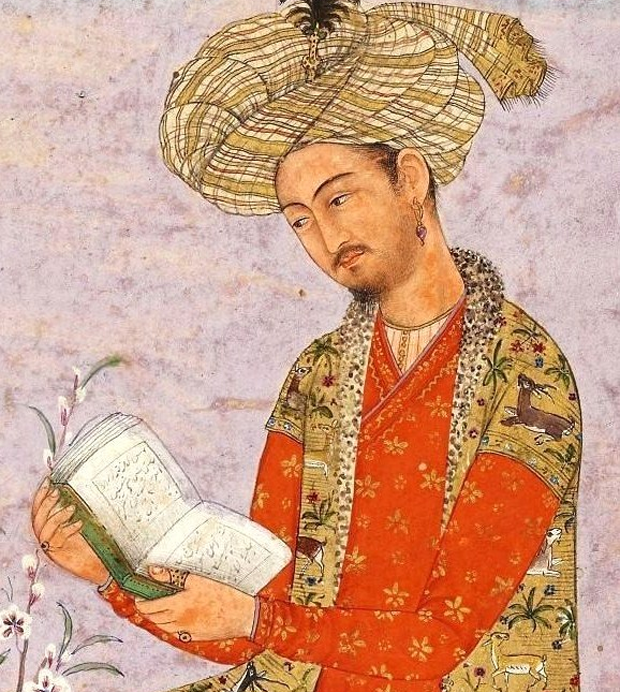 |
|
People remember Babur mostly for being
the conquerer from Central Asia. Not many knew that he was a socialite
and writing enthusiast.
|
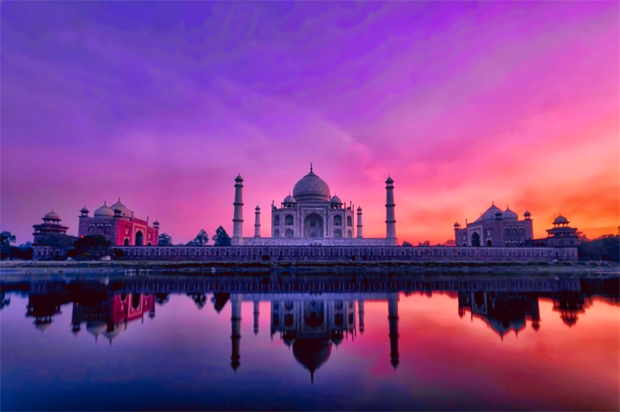 |
The Taj Mahal changes its color at noon, midnight and in morning. The
reason can be attributed to the environment, the fact that the marble
used is white and is shiny and reflective or just that there is some
historic magic to it .
|
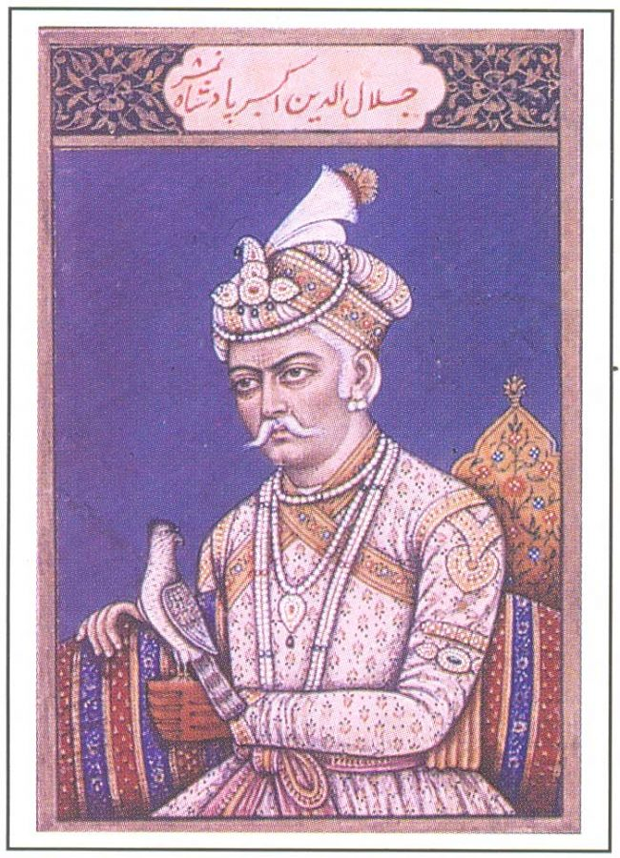 |
Akbar the Great is ranked as one of the top 25 Political Icons of
History, according to Time Magazine. Akbar must be happy in his grave.
|
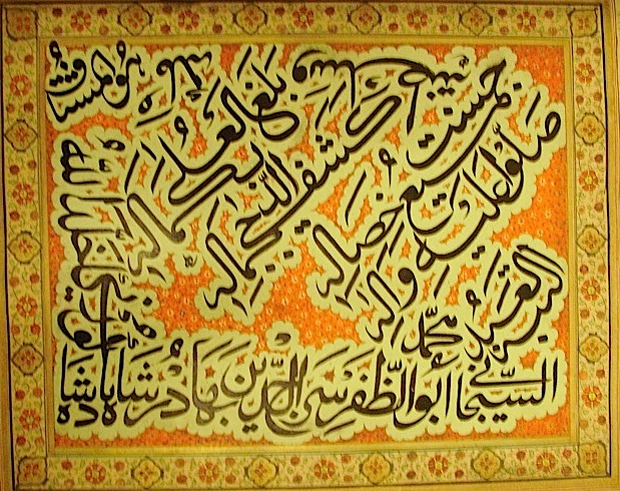 |
The Urdu language was extensively developed under the Mughals. As Islam
spread across India and neighboring areas, the Urdu language spread with
it, coming into increased contact with other languages, such as Arabic
and Persian. The spread of both Islam and Urdu surged during the Mughal
Empire.
|
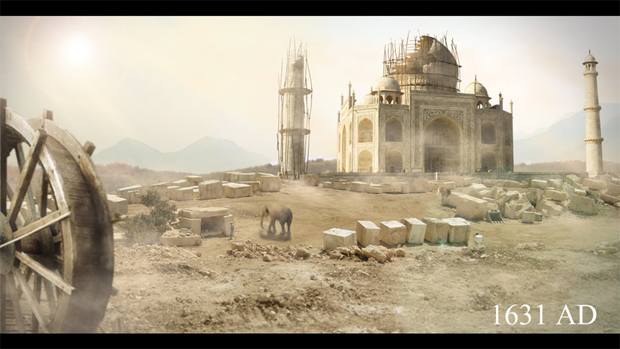 |
Shah Jahan did NOT cut the hands of the workers involved in making Taj
Mahal to avoid replicas. This fact was reported by Architect Ustad Ahmad
Lahauri, who was played a key role in the architectural design of Taj
Mahal and also laid the foundation of the Red Fort.
|
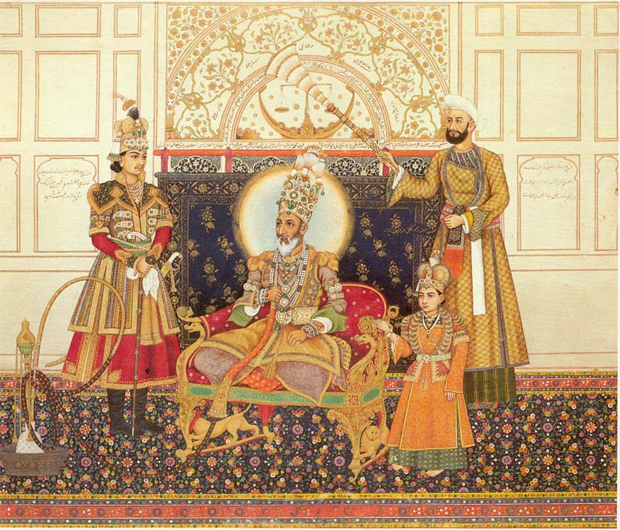 |
Compared to other Mughal emperors, Bahadur Shah had very few wives. The
Mughals were notorious for taking several wives. So, being the “Bahadur”
he was, Bahadur Shah was known to have 4 wives, which at that time was a
low number. But that didn’t stop him from having 22 sons and 32
daughters…
|
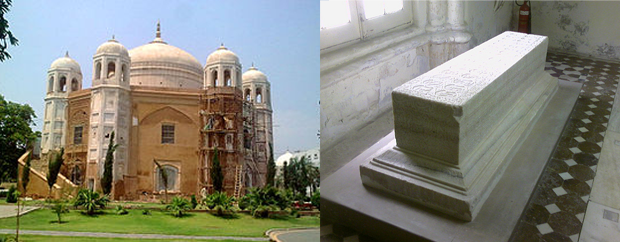 |
The story of Anarkali being buried alive between two walls is accepted
to be false due to the evidence of her grave and body.
|
|
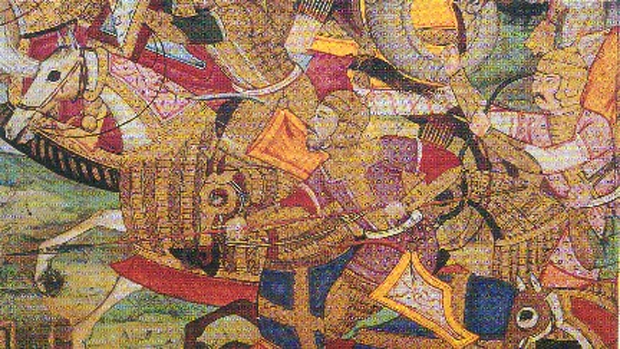 |
|
The main
purpose of the military in Mughal society was to govern. The military
was to govern and rule the states within the empire. Hmm, some Pakistani
generals definitely read too much into this.
|
 |
|
Unlike other empires and armies, the Mughals used large elephants and
camels for their cavalry. Horses were still used by the Mughals in their
cavalry. Like the soldiers, animals were also armored on most of their
bodies. Some camels even had guns mounted on them. The zamburak, for
example, was a camel with a mounted swivel gun upon its back. |